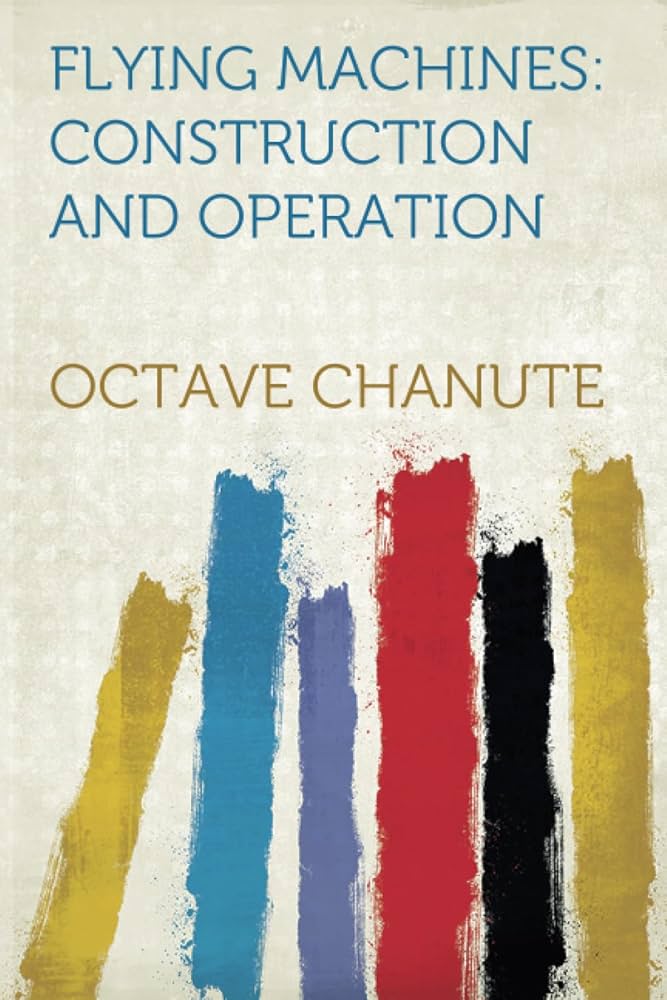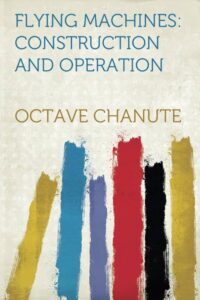Chapter XIX — Flying Machines Construction And Operation
byChapter XIX – Flying Machines Construction and Operation dives into the emerging legal complexities brought about by the rise of aviation, a field that, by 1910, had already begun challenging traditional ideas about property, public space, and individual rights. The foundational legal principle discussed here is rooted in ancient common law: landowners possess not only the soil beneath their feet but also the sky above their property—extending indefinitely. Legal authorities such as Blackstone and Coke supported this theory, which gave rise to the belief that any intrusion, even in airspace, could be considered trespassing. With aircraft now cutting across the skies, this once theoretical issue had become an urgent legal debate. The friction between aviation’s growing promise and entrenched property rights set the stage for redefining what it means to “own” the air. Such a shift in legal understanding was necessary, especially in an era where technology was quickly outpacing the doctrines intended to govern it.
Illustrative cases, such as that of a New Jersey landowner who explicitly warned aviators not to cross over his estate, reveal the legal gray area early aviators faced. The owner’s signs, posted on fences and outbuildings, raised valid legal questions but were more symbolic than enforceable. How does one prove aerial trespass without physical evidence or damage? And more practically, how would violators be apprehended or identified while in flight? These situations opened a Pandora’s box of challenges—such as whether mere presence overhead violates property rights, even if no damage is caused. A court would then have to decide if privacy was disturbed, livestock frightened, or tranquility disrupted—all highly subjective and difficult to measure. Even without physical contact, the psychological or perceptual impact of overflight could lead to claims of nuisance or emotional distress, thereby stretching the boundaries of traditional tort law.
To mitigate such issues, the chapter proposes developing air corridors or regulated aerial highways, similar to how ground traffic is managed along public roads. These would allow aircraft to traverse above designated areas—like state or national roads—without infringing on private landowner rights. This would not only streamline aerial travel but also reduce the threat of legal disputes. By codifying where and how aircraft may fly, government authorities could maintain a balance between private rights and the public interest. Such regulated airways would make it easier to implement and enforce safety standards, particularly near populated areas or strategic locations. Moreover, such corridors would pave the way for future infrastructure—possibly including aerial traffic signals or monitoring stations to guide air traffic. This foresight foreshadows the eventual creation of national airspace systems and civil aviation authorities.
The chapter also anticipates the inevitability of aviation-related accidents and the legal fallout they would cause. It argues for the establishment of comprehensive licensing programs to ensure only qualified individuals are permitted to operate flying machines. Just as drivers and locomotive engineers must be licensed, so too should aviators be certified for public safety. The hypothetical scenarios explored in the text demonstrate potential risks—ranging from unintentional damage to buildings or crops to injury of bystanders and passengers. If an aircraft crashes into private property, who bears responsibility? Is it a case of negligence, product failure, or simply an act of God? The answers to these questions would depend heavily on legal precedent, insurance policy development, and the evolving standards of care associated with aviation operations.
Additionally, the chapter underscores how aviation introduces new dimensions to contract law and criminal liability. Airborne freight transport, passenger services, and even aerial photography open avenues for breaches of contract, violations of privacy, or unauthorized surveillance. As technology allowed flight to extend beyond mere spectacle into commerce and communication, the legal framework had to evolve accordingly. For instance, if an aviator failed to deliver a package due to an unauthorized detour or delay, legal recourse would be necessary. Likewise, if a photographer captured images of a private estate from above, where is the line drawn between public and private information? These are not just technical questions; they reflect society’s larger struggle to adapt ethical and legal norms to new technological realities.
The chapter concludes by stressing the urgent need for lawmakers, jurists, and aviation pioneers to collaborate in shaping an equitable legal framework. It acknowledges that while innovation drives society forward, unchecked freedom in the skies could undermine long-held protections. Balancing innovation with responsibility remains a central challenge. Ultimately, the chapter offers more than a legal critique—it presents a vision for a world where flight is not only possible but also regulated, fair, and integrated into the broader legal order. It calls upon contemporary thinkers to rise to the occasion, ensuring that human ambition in the air does not come at the cost of justice on the ground.


